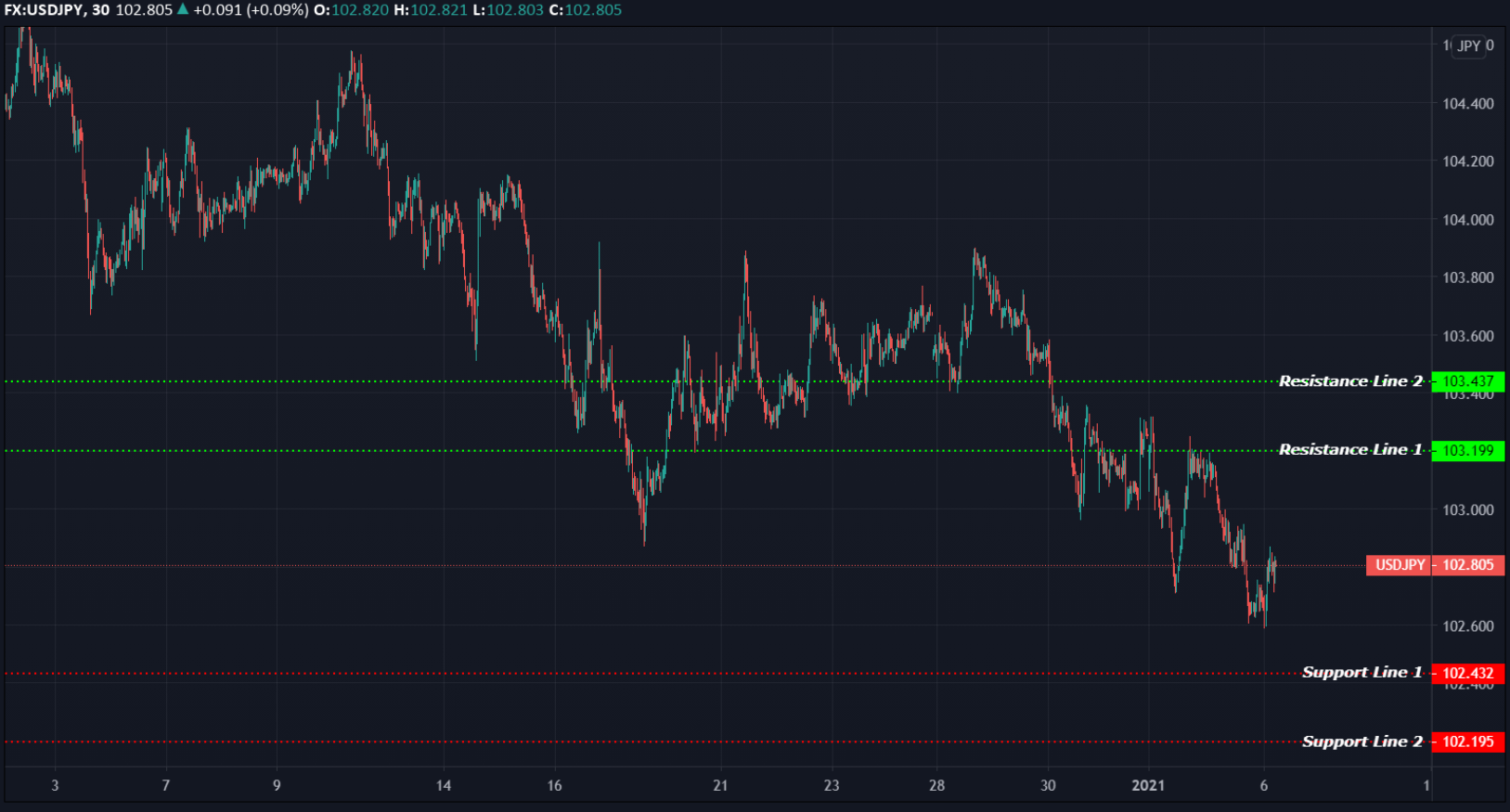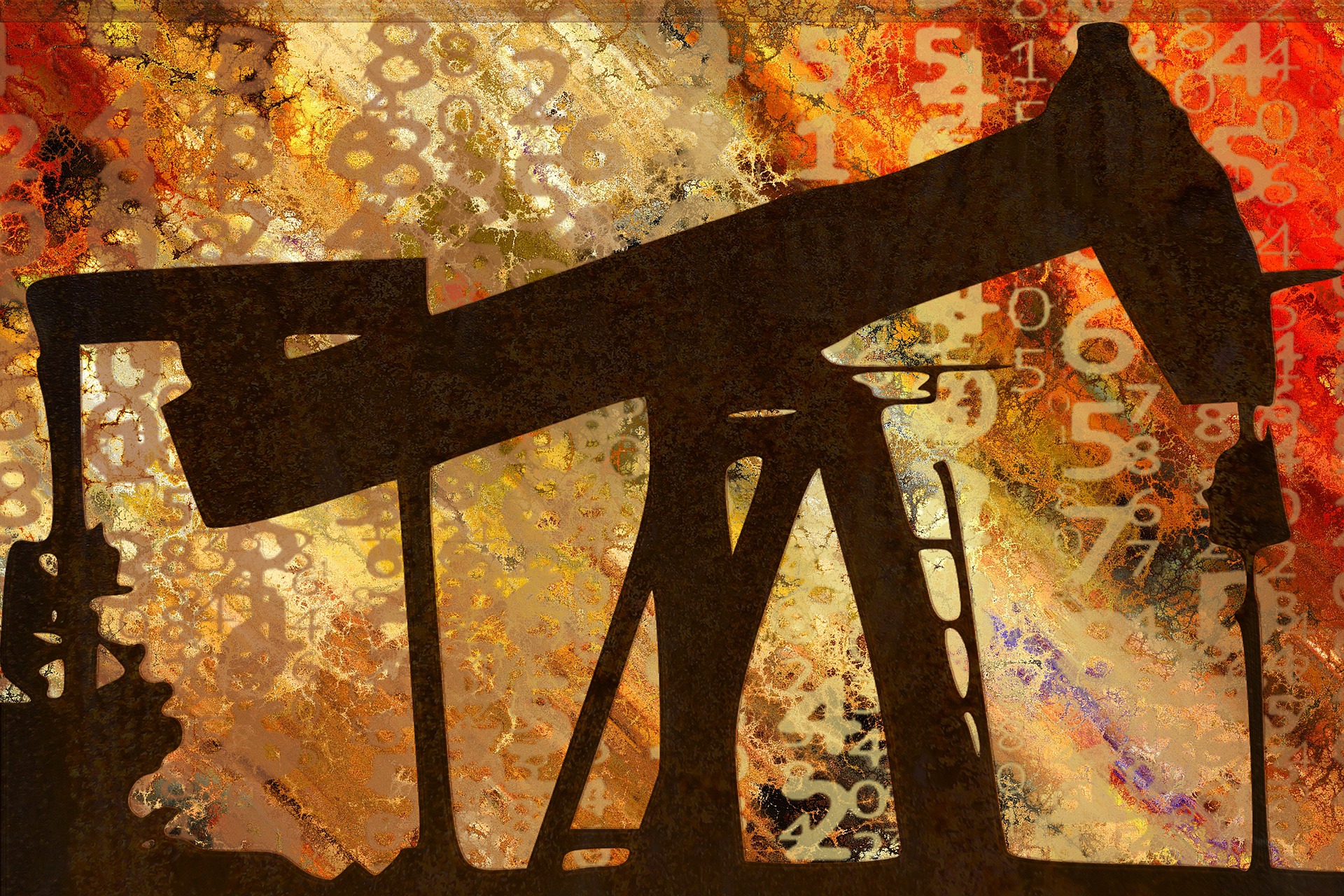EQUITIES
Asia-Pacific markets were on Wednesday. The Australia’s S&P/ASX 200 led the decline at -1.32%. In Japan, Nikkei 225 slipped -0.34%, the Hong Kong’s Hang Seng index shed -0.87%, and the Shanghai Composite down -0.17%. The Singapore’s Straits Times index dipped -0.21%, and India’s S&P BSE Sensex Index declined -0.18%. The South Korea’s KOSPI index retreated -0.13% after surpassed 3,000 points for the first time earlier today.
Overnight on Wall Street, the Dow Jones Industrial Average rose 0.55%, to close at 30,391.6, the S&P 500 gained 0.71%, to 3,726.86 and the Nasdaq Composite added or 0.95%, to 12,818.96.
OIL
Oil prices rose on Wednesday to the highest since February after OPEC+ meeting found agreement on additional output cuts, while U.S. crude also showed a drop in its inventories. The Brent crude futures traded to $53.85 a barrel, while U.S. crude at $50.00.
Overnight, oil prices settled almost 5%. Brent closed at $53.60 per barrel, while WTI futures ended at $49.93 per barrel.
CURRENCIES
The dollar index was steady at 89.53 on Wednesday, just above a 2-1/2-year low hit on Monday, reacting on Georgia’s run-off election and China's decision to lift its official yuan exchange rate by its highest margin since it abandoned a dollar peg in 2005.
In the offshore market, the yuan strengthened as far as 6.4419 for the first time since June 2018.
The Australian and New Zealand dollars hold to big gains to trade near multi-year highs, as the Aussie at $0.7763 and the kiwi touching a new 32-month top before easing back to $0.7257.
A rise in oil prices lifted exporters’ currencies, sending the Norwegian crown to a 21-month high of 8.4350 per dollar and the Canadian dollar to a 32-month peak.
GOLD
Gold edged lower, trading at $1,944.40 an ounce, while lose around $1,948.70 per ounce for gold futures. Previously closed at $1,950.50 and $1,954.40, respectively.
Silver trading at $27.27, platinum trading at $1,092.00 and palladium trading at $2,338.00.
ECONOMIC OUTLOOK
The broader Asia-Pacific markets largely slipped on Wednesday as investors anxiously awaited results of U.S. runoff elections and uncertainties surrounding the increasing number of COVID-19 cases. Oil prices rose on news of planned output cuts.
Saudi Arabia, the world's biggest oil exporter, agreed to make additional, voluntary oil output cuts of 1 million bpd in February and March, during a meeting with the OPEC+.
U.S. crude oil inventories dropped by 1.7 million barrels in the week to Jan 1 to 491.3 million barrels, data from API showed.
Latest twist re-emerged in a regulatory saga over whether the NYSE would delist three Chinese telecom giants on security grounds.
To date, number of confirmed worldwide cases for COVID-19 pandemic has surpassed 86.383 million affecting 213 countries and territories around the world and 2 international conveyances, recording more than 1.868 million fatality globally.
TECHNICAL OUTLOOK
[USDJPY]
Important Levels to Watch for Today:
- Resistance line of 103.199 and 103.437.
- Support line of 102.432 and 102.195.
Commentary/ Reason:
- The dollar fell to a 10-month low of 102.594 to the Japanese yen earlier today, before steadying to 102.805 latest.
- The USD/JPY retreated as U.S. political uncertainty boosted safe-haven demand for the yen. The ongoing Georgia Senate election runoffs weighed on the dollar performance, placing it under downward pressure.
- Further strength for yen, however, was capped over the discussion that the government is considering declaring a state of emergency for Tokyo, plus the contraction in the country’s economic activity for the straight 11th months.















